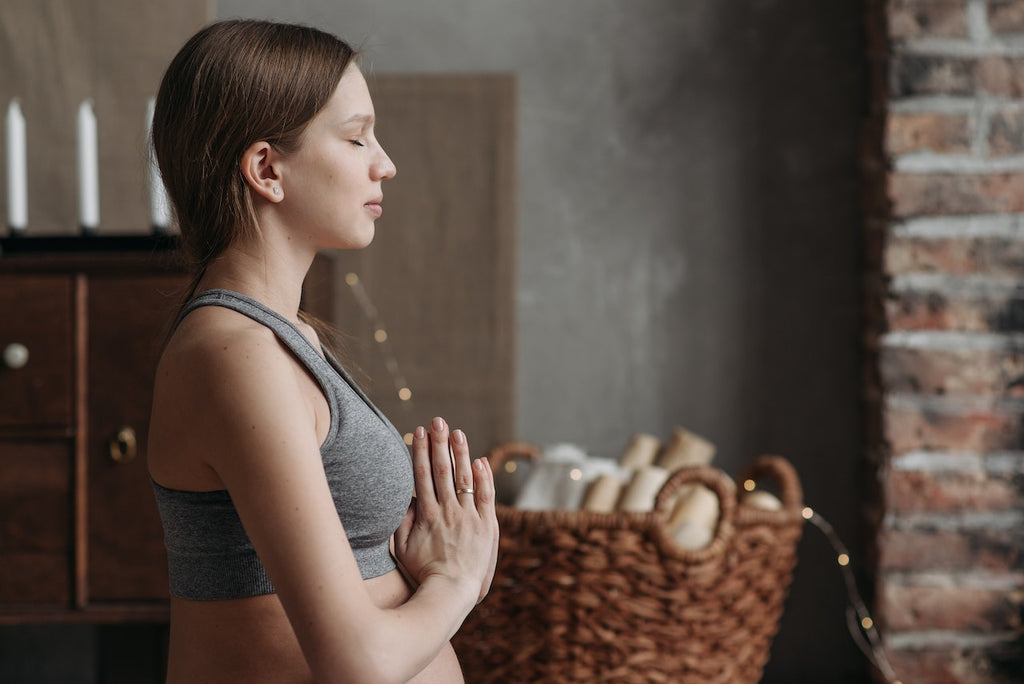How to practice box breathing

We all know breathing is essential for human life. But how we breath plays a greater role in influencing our emotional experiences and overall wellness, according to research.
When we breathe with intention, it can help downregulate the nervous system when it gets stressed. This way, breathing can help reduce the short and long-term health consequences of chronic stress and contribute to more enjoyable and relaxing daily experiences.
Box breathing is a well known breathing exercise used by many people, from yogis and meditation experts to CEOs, police officers, and even Navy Seals! This exercise is so easy to do and can be done anywhere at almost any time.
Many report that box breathing helps them feel more grounded, calm, focused, and alert. Even Musers who practice box breathing with our meditation wearables enjoy this technique! If you’re looking for a simple exercise to help you relax, box breathing is a great place to start.
First, what is breathing?
The oxygen we inhale is critical for metabolism and helps break down the food we eat into energy the body can use to sustain itself. Exhaling is the body’s process for getting rid of carbon dioxide waste from the gas exchange that occurs within our bodies. This is the physiologic mechanism and purpose of breathing.
However, breathing’s effects extend beyond the physiological. As mentioned earlier, breathing seems to be tied to our survival system and emotions as well.
A brief review of the stress response system
Think back to the last time you were in a stressful situation. How did your body react? Your muscles may have tensed, your heart rate might have picked up, and your breathing may have gotten faster and more shallow. This is because stressful situations prompt the activation of our sympathetic nervous system, otherwise known as our fight or flight response.
This response is designed to prepare the body to survive a coming stressor. On the flip side, when we don't feel stressed and we're relaxed and calm, our breathing tends to be deeper and slower.
The relationship between emotions and breathing
Interestingly enough, the relationship between our emotions and breathing doesn’t end there.
Research has found that we can invert this relationship and leverage the way we breath to our advantage. For instance, when we take slow, deep breaths, we seem to activate our parasympathetic nervous system (our relaxation response), helping us feel more calm and peaceful. When we engage in shallow breathing, we can make ourselves feel more on edge and stressed. [1]

The cost of stress
As many of us are well aware by now, chronic stress is not benign.
| In the short-term, stress can lead to: | In the long-term, stress can contribute to: |
|
|
|
Chronic stress poses a multifaceted threat to our wellbeing and health, affecting us in the short and long term. For all these reasons, deep breathing techniques can be great allies in preserving your wellness and helping you feel good on a daily basis.
Box breathing 101
Also called four square breathing, box breathing is a simple technique you can use to practice deep, belly breathing. It is favored by people who work in high stakes situations because of how simple it is to do, and how it can quickly help cultivate inner calm and focus.
We'll walk through step by step on how to practice box breathing below but will outline the basics first. The basic structure of box breathing is four seconds inhaling, four seconds holding, four seconds exhaling, and four seconds holding. Repeat this exercise as many times as you want! Feel free to adjust the amount of time breathing in and out as you get more comfortable with the exercise.
Research on box breathing techniques
Although more research is needed, the benefits of box breathing are said to include feeling more:
- Alert
- Calm
- Relaxed
- Energized
- Focused
- Grounded
One study published in 2017 found that participants who practiced deep breathing experienced significant drops in the stress hormone cortisol. Researchers found that their ability to focus also increased following the breathing exercises and that deep breathing can reduce stress, anxiety, and depression. [2]
Another study found that deep breathing techniques supported a more positive outlook and better focus, and that participants experienced improvements in impulse-control. [3]

Let’s try box breathing together
First, find a place where you feel comfortable. Close your eyes and turn inward for a bit. Over time, you may find you’re comfortable practicing this breathing technique anywhere.
- Close your eyes and begin focusing inwards on your mind and body.
- Slowly, inhale through your nose to the count of four. Feel your ribs stretch outwards as your diaphragm contracts and your belly fills with air.
- At the top of your breath, hold for four seconds. Try to keep your airway open and relaxed, rather than locking the air in your throat.
- Slowly exhale out of your mouth for four seconds. Pay attention and explore the sensations as the carbon dioxide leaves your body.
- Hold at the bottom of your breath for four seconds. Again, try not to hold your breath or lungs tightly. Aim to feel as though you're floating in time, soon to swing into the cycle of your next inhale.
Try box breathing with Muse
Now that we learned about the technique and benefits of box breathing, take it to the next level and try it with our EEG headsets, the Muse 2 Headband or the Muse S Headband.
As you follow along, the app will provide you with real-time biofeedback on your breathing patterns. After the session, you'll receive a personalized report to help you visualize areas of improvement.
Check out our app for a variety of breathing exercises, from Daily Breath Quests to Breath Bio-feedback Collection, all designed to help you with stress reduction and emotional control.
Resources:
